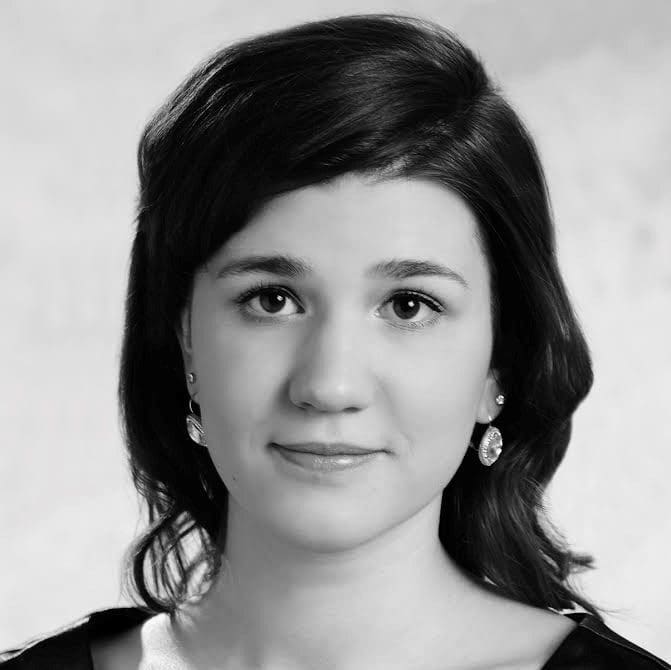



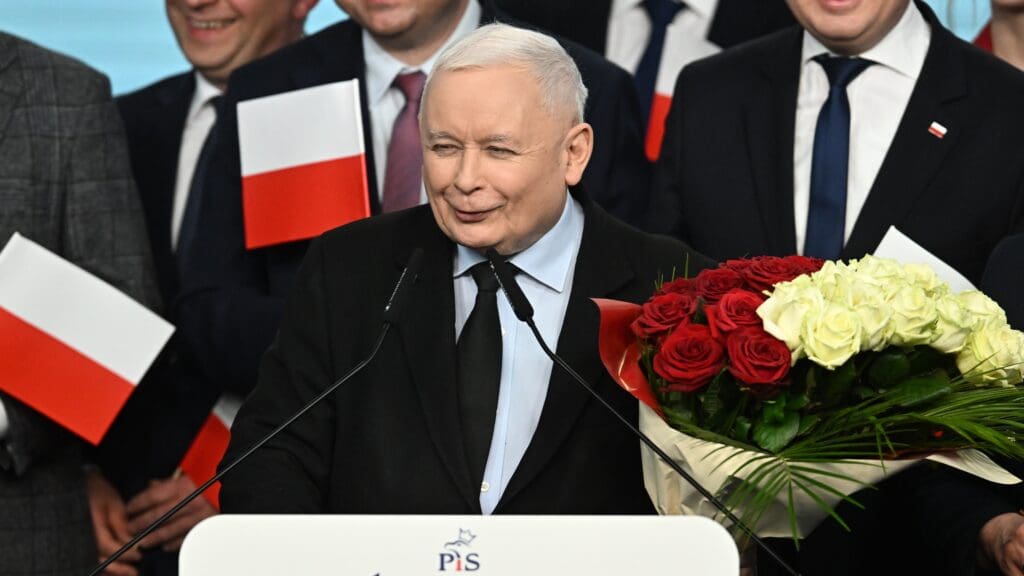
Local elections are an important episode in the power play for the leadership of the two largest parties in Poland. After the ultimate defeat of his party in the general election Jarosław Kaczyński came under heavy criticism, with demands that he resign and take responsibility for the electoral failure. PiS coming out on top on 7 April is expected to silence these voices and stabilize Kaczyński’s position.
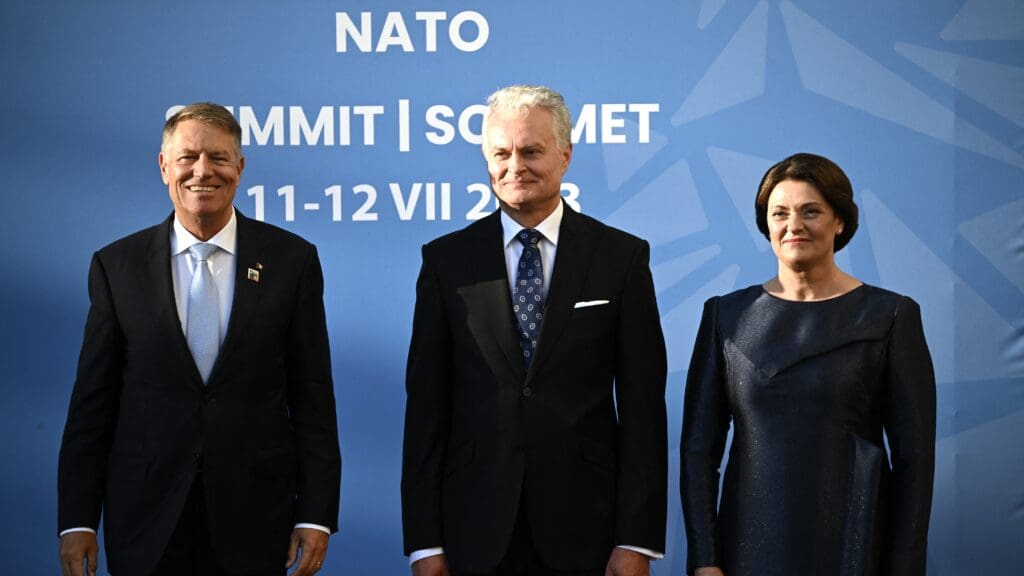
Hungary strongly opposes Dutch PM Mark Rutte’s candidacy. There are alternatives to Rutte, however; candidates that might not enjoy widespread support as of now but are less divisive. Romanian President Klaus Iohannis, for one, recently announced his candidacy for the role. But Hungary’s endorsement of President Iohannis is not self-evident, considering that Klaus accused the Romanian Socialist Democratic Party and the Hungarian minority party UDMR of conspiring ‘to give Transylvania to Hungary’ during the COVID-19 pandemic.
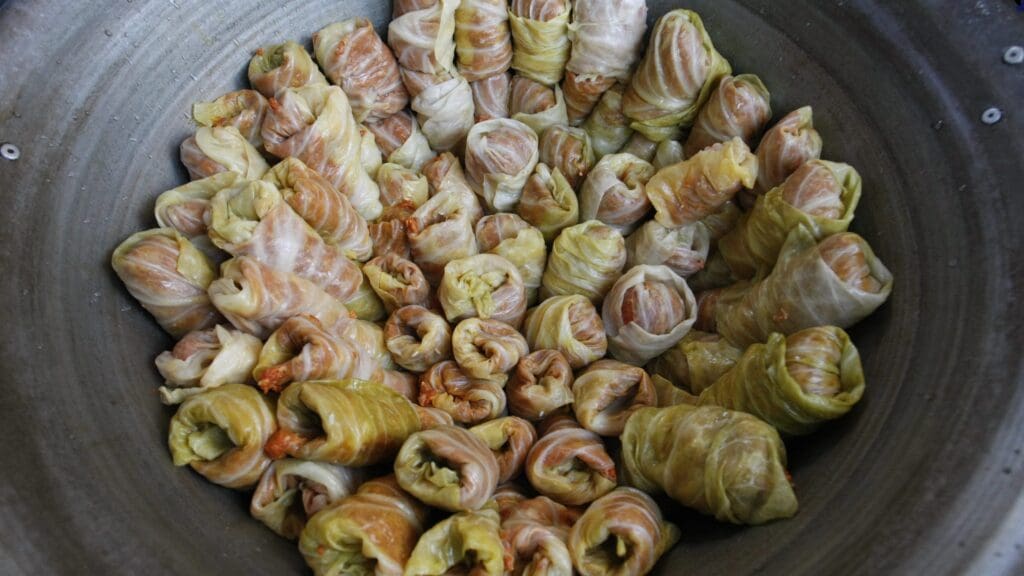
Why not surprise your family with a truly Hungarian dish this winter? Learn more about Hungary’s number one Christmas gastronomic delight, stuffed cabbage rolls and test your cooking skills!
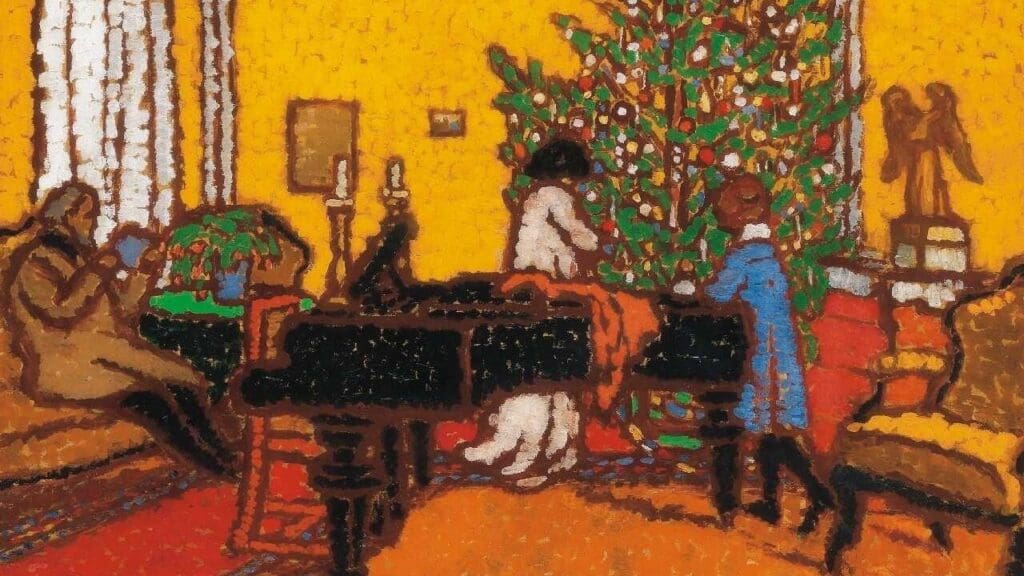
Music is an inalienable part of celebrations, and it is no different at Christmas. But what do Hungarians listen to and sing on this special holiday? We have collected the top classics for you in our article.

In the West, there are a number of remarkable, colourful traditions linked to Christmas that vary from country to country. But what cannot be missing from any home where Christmas is celebrated is a decorated pine tree.

Bejgli, the mouth-watering poppy seed pastry, is one of the most favourite Christmas delicacies in Hungary.
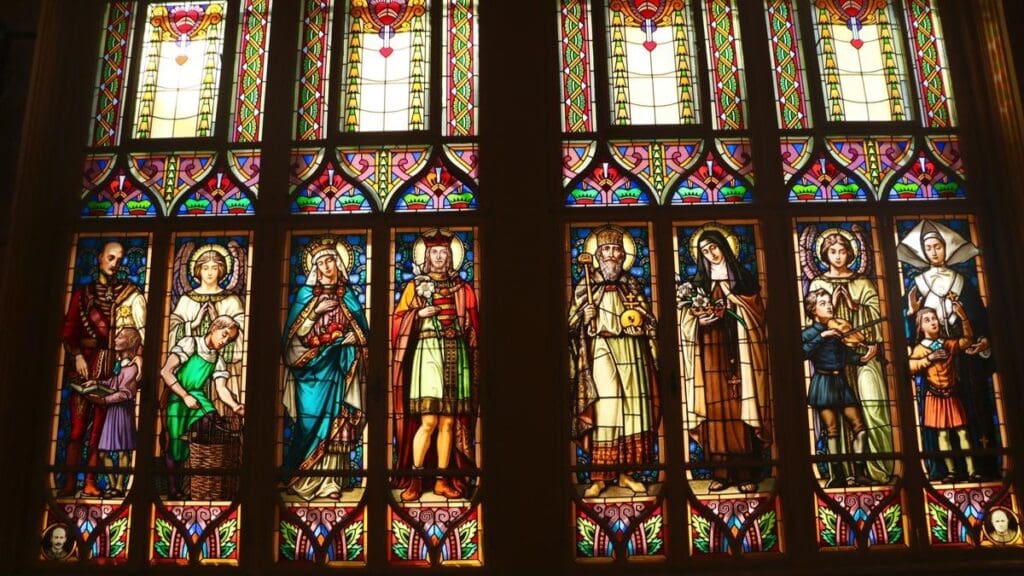
Imre Zsellér, a prolific artist, decorated hundreds of churches and public buildings across the Kingdom of Hungary with his extraordinary stained glass and mosaic creations.
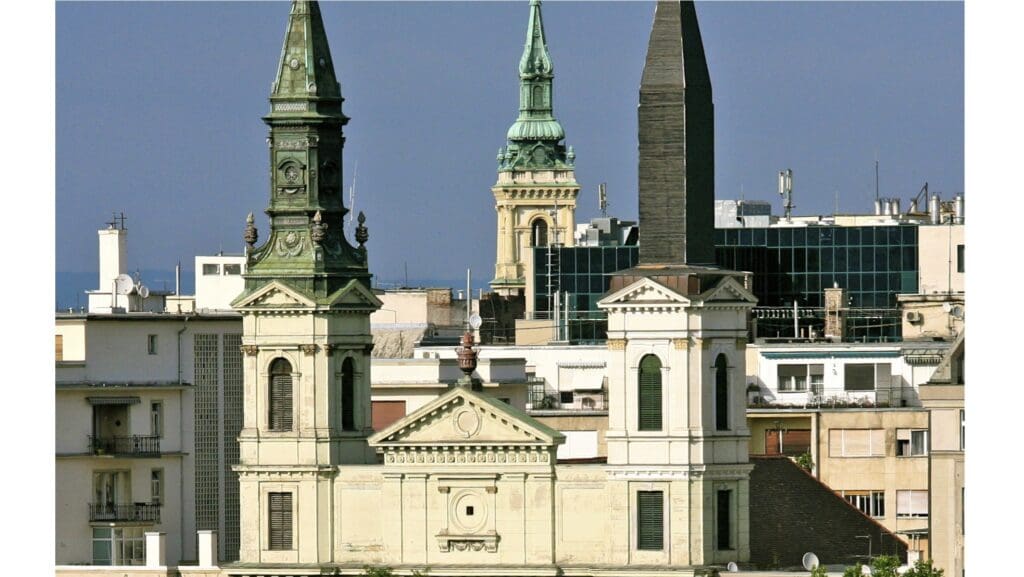
Originally a Greek-built temple, now known as the cathedral of the Moscow Patriarchate, is one of the most iconic buildings on the Pest side of Budapest, right on the bank of the Danube River.
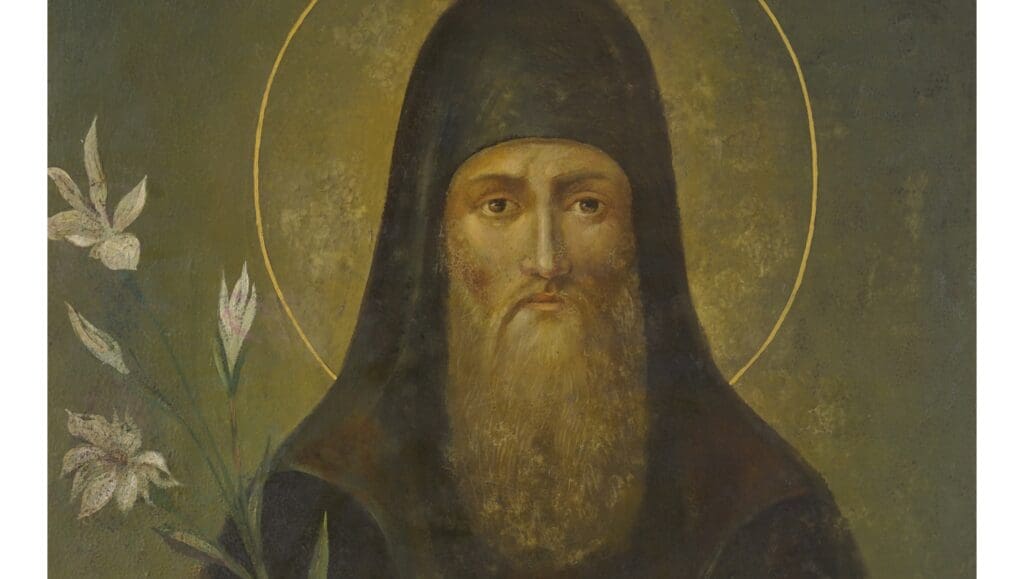
In the 11th century, three brothers moved from the Kingdom of Hungary to the Kievan Rus—while one of them died defending the Rus’ first two saints, Boris and Gleb, the other two later became Orthodox saints themselves as well, establishing a monastery that functions till this day.

While millions of children across the globe get their Christmas presents from Santa on Christmas Day, in Hungary, Saint Nicholas, called Mikulás, arrives on the eve of 6 December, bringing sweets and nuts, and leaves the task of delivering the real Christmas gifts to the angels.
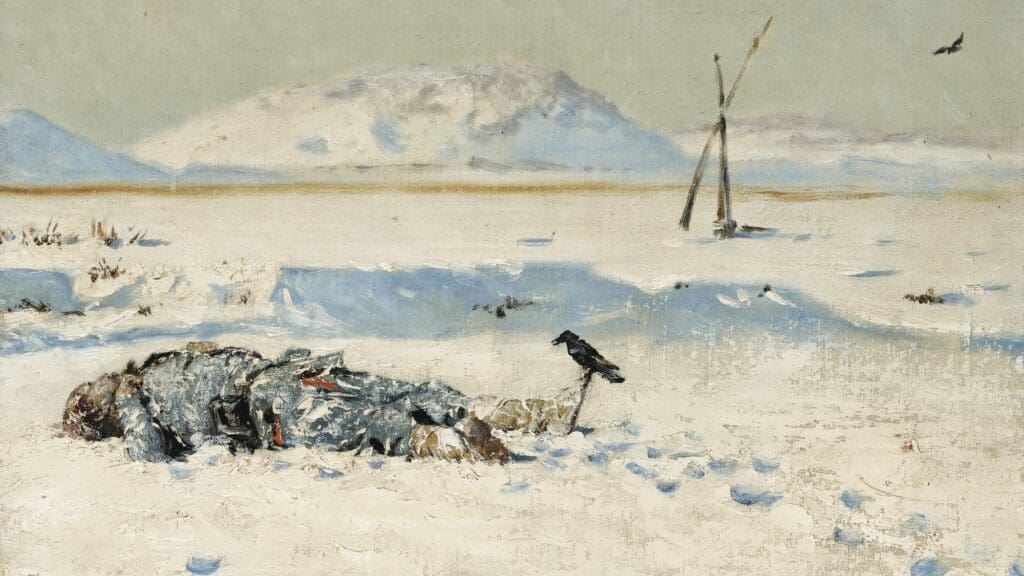
According to estimates, in November Russia suffered over 900 casualties a day; thousands of Ukrainian civilians and more than 30,000 Ukrainian soldiers have been killed since the start of the invasion. It is clear that the cost of the war is becoming unbearably high.
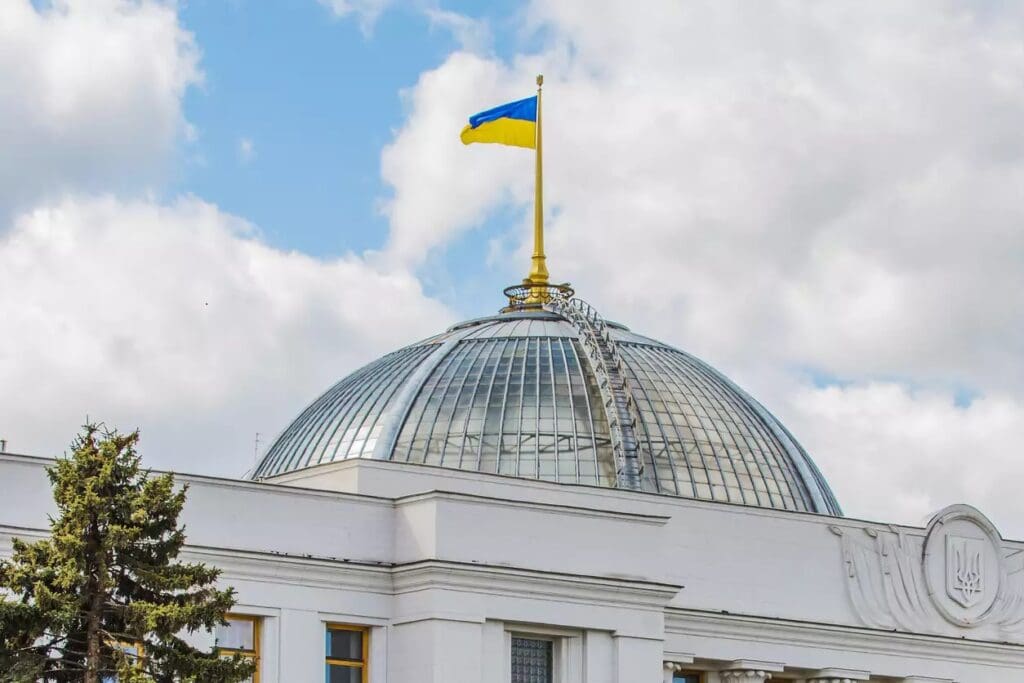
Ukraine may amend its legislation restricting minority rights, and the new initiative appears to be a praiseworthy improvement. However, the draft regulation concerns only the recognized nations of the EU, intentionally excluding Russians and Russian speakers.

Allowing alternative sources of fuel to Paks is a step closer to diversifying Hungary’s energy resources. Meanwhile, the French company Framatome is the expected winner of the proposal to develop the control hardware of the power plant.
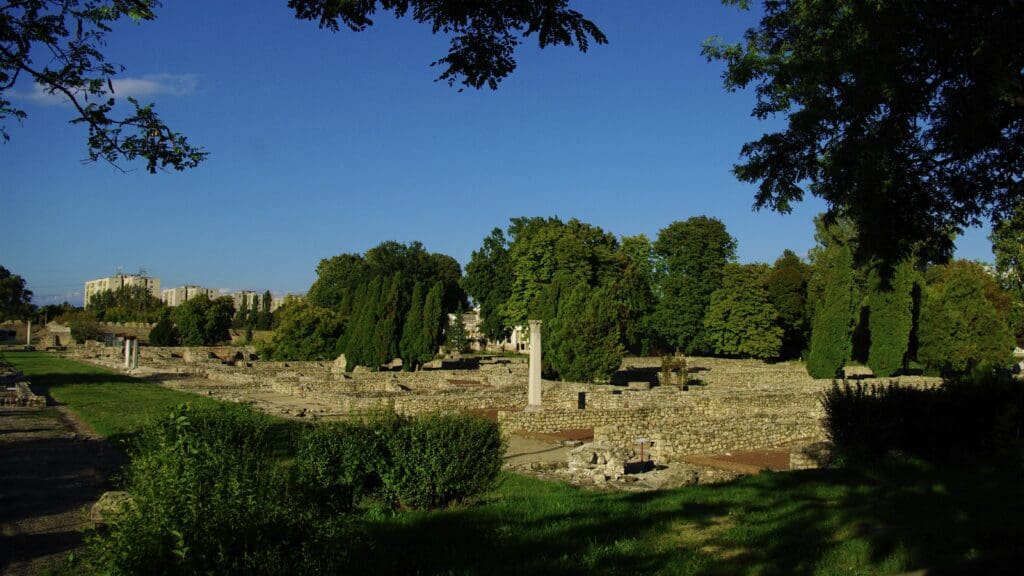
The Western parts of Hungary used constitute the Roman province of Pannonia, a land that served as a buffer zone, a bulwark protecting the Empire from the perils posed by the steppe peoples, especially after the Romans retreated from Dacia.
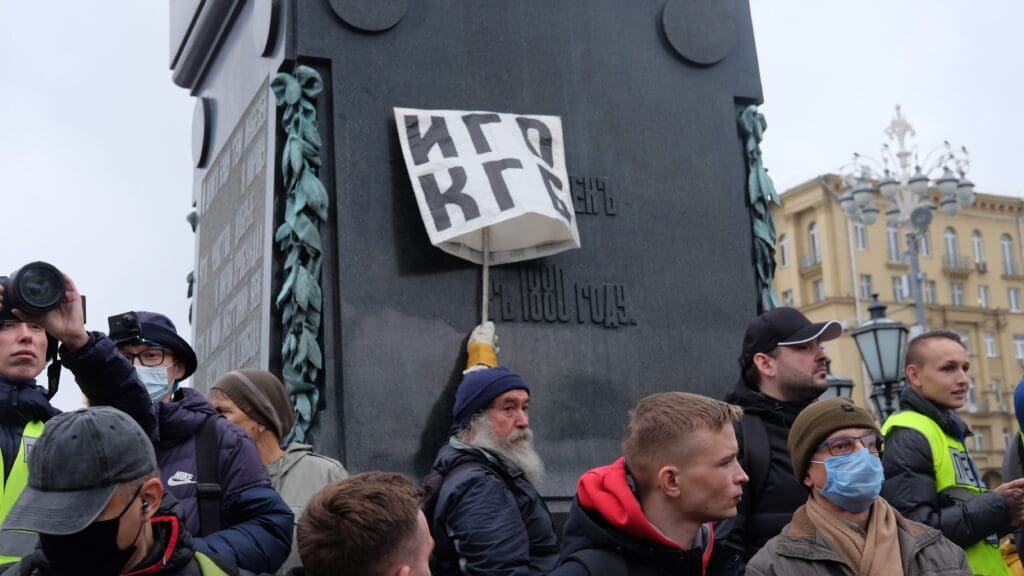
No surprises expected: the Kremlin is preparing for the 2024 presidential elections with hand-picked candidates and restrictions.

The Austro–Hungarian Empire was not a colonial empire in the traditional meaning of the word—however, there were a number of attempts on the part of the Dual Monarchy to establish overseas territories, some of which even had moderate success.
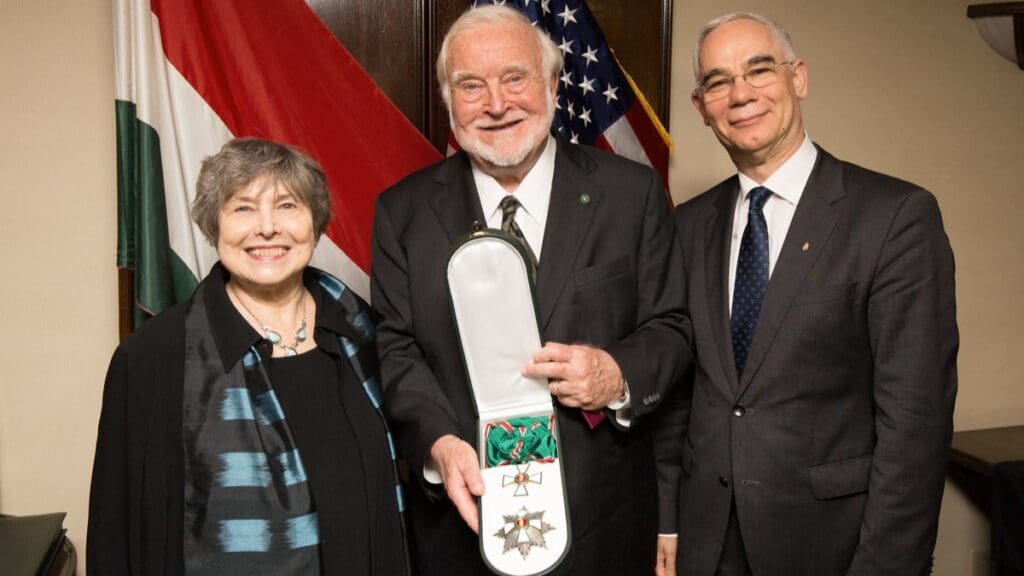
Mihály Csíkszentmihályi, a Széchenyi Prize winning Hungarian American psychologist, is best known for his theory of ‘flow’, a mental state that is the key to a harmonious and contented life.

The Zsolnay family’s tireless effort to innovate made the company one of the most successful manufacturers of the Astro-Hungarian times and Zsolnay ceramics and tiles continue to adorn buildings across the country to this day. The brand is not past its prime: Zsolnay products in fact sell for record prices these days.
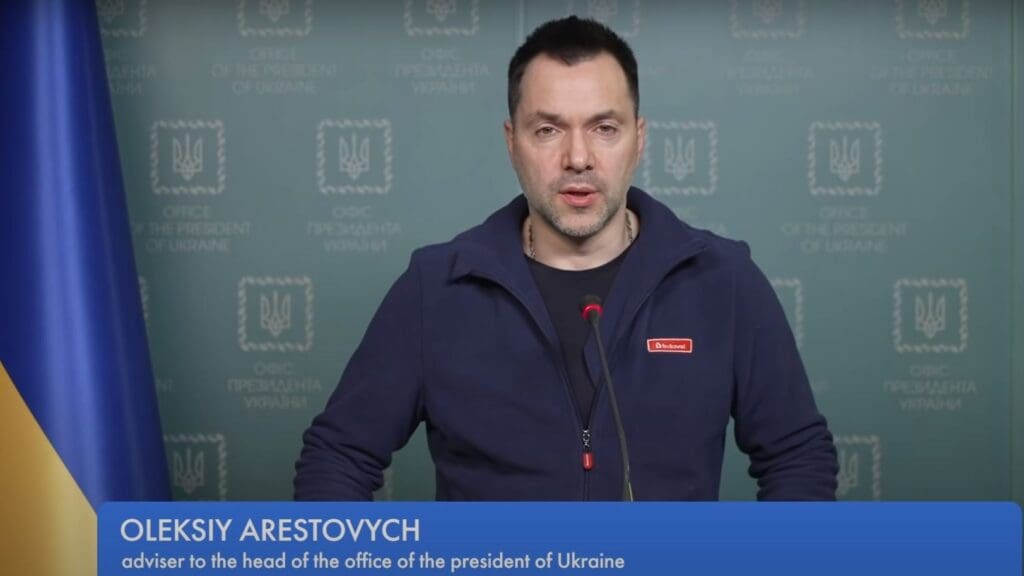
Oleksii Arestovych, a former advisor to the Ukrainian president recently announced his candidacy for the Ukrainian presidency, the election for which is scheduled to happen in 2024—however, due to the martial law in force in the country, the elections might not be organized.
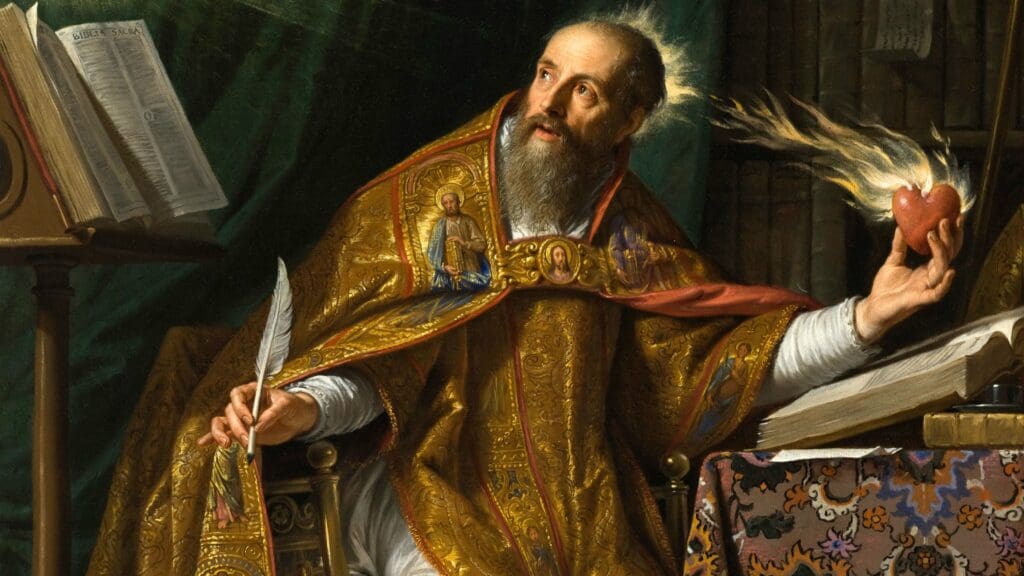
One of the recurring topics of Agustine of Hippo’s City of God, a foundational work of Western philosophy, is his critique of Roman religion as having no moral teachings to offer.

While in recent weeks Europe was shocked by a series of violent antisemitic protests sparked by the events in the Middle East, the ones in Dagestan, Russia stand out, as they echo the dark history of pogroms.
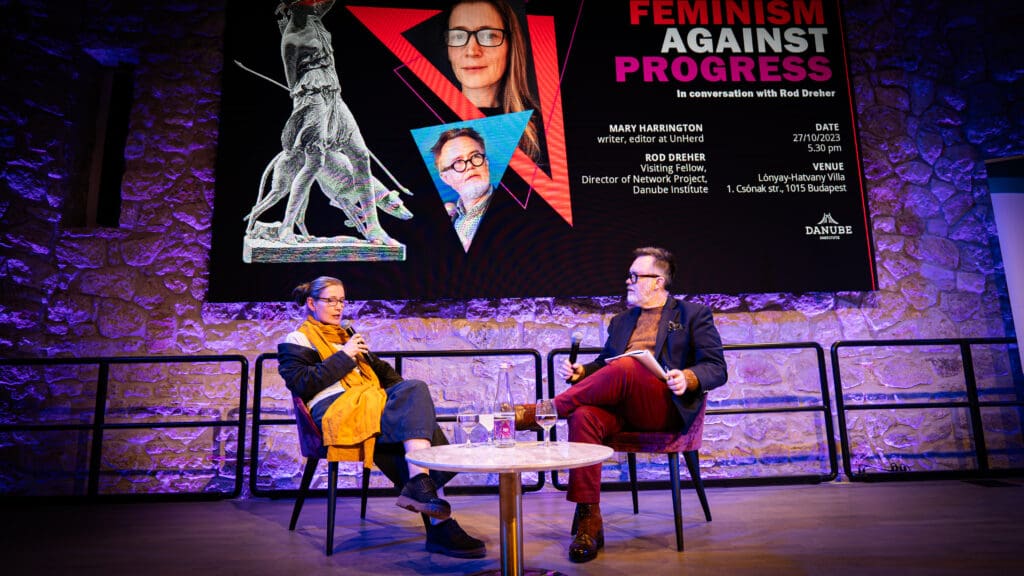
The famous British unorthodox feminist, Mary Harrington recently visited Budapest to talk about ‘reactionary feminism’ and progress at a Danube Institute event.
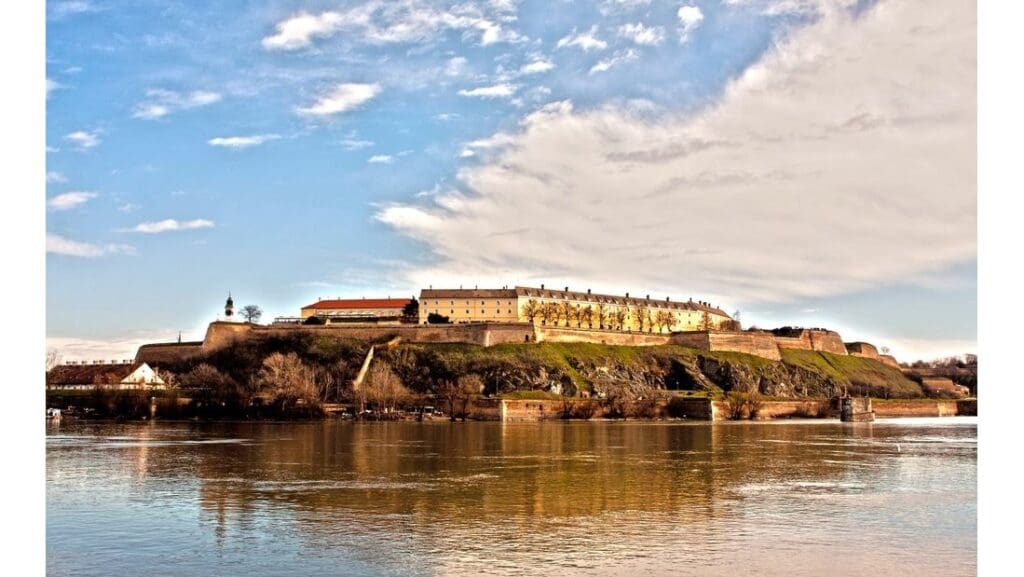
The national narrative that Hungary is the bulwark of Christianity and Western Civilization was formed in the battles won on the lands of present-day Serbian Vojvodina, also known as Vajdaság in Hungarian.
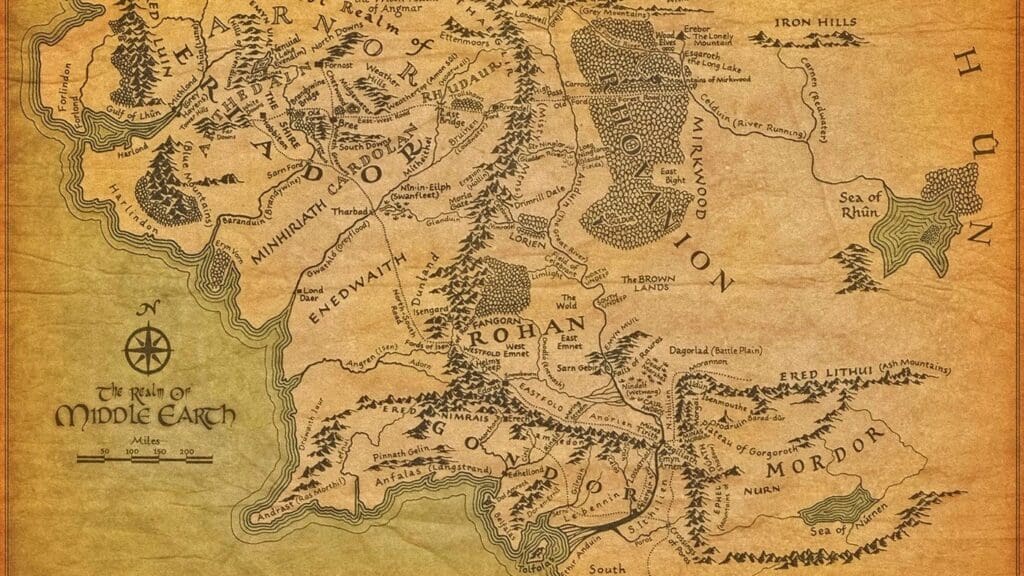
Christianity has permeated most of the Western world’s cultural accomplishments. Its influence can also be detected in many literary works of a very peculiar genre: the imaginary universes of great scale and depth of speculative fiction.
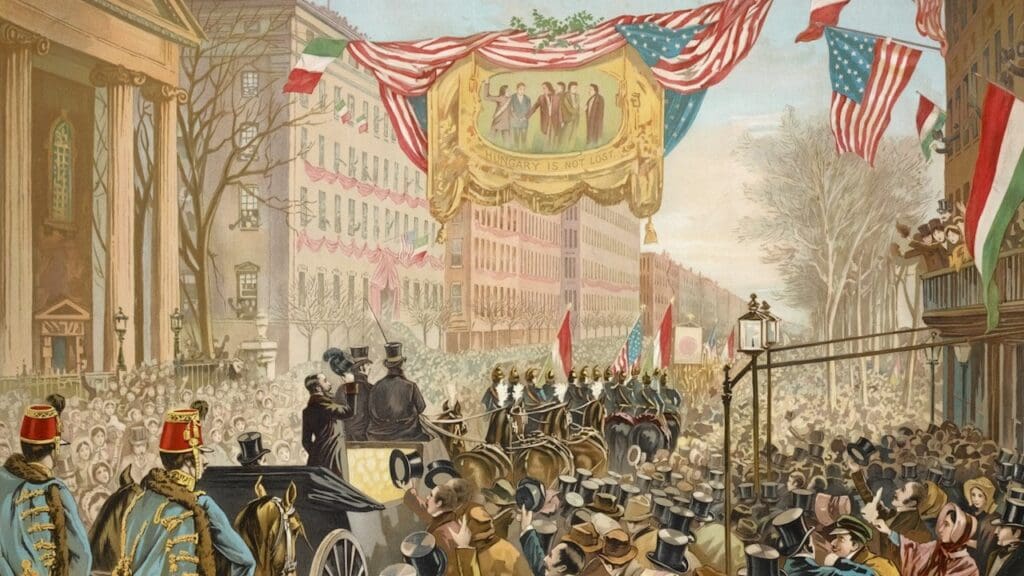
Hungary is not just a great country to live in, but also a nation with rich history that sparked the attention of many excellent historians from all around the world. A list of books about Hungarian history definitely worth reading.
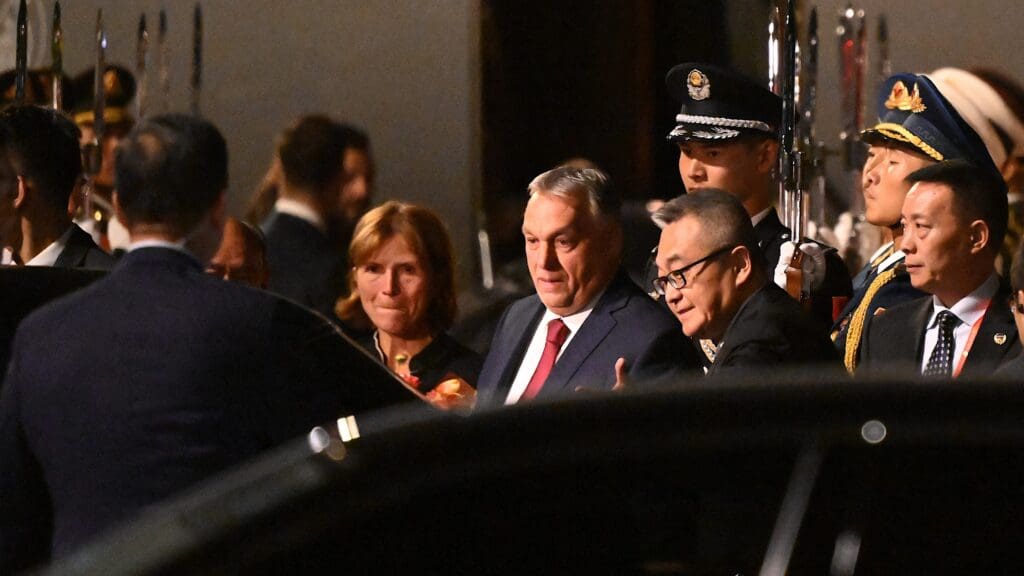
Hungarian-Chinese relations are largely about a medium-sized nation’s struggle to diversify and reduce the risk of having all of its eggs in the German manufacturers’ basket.
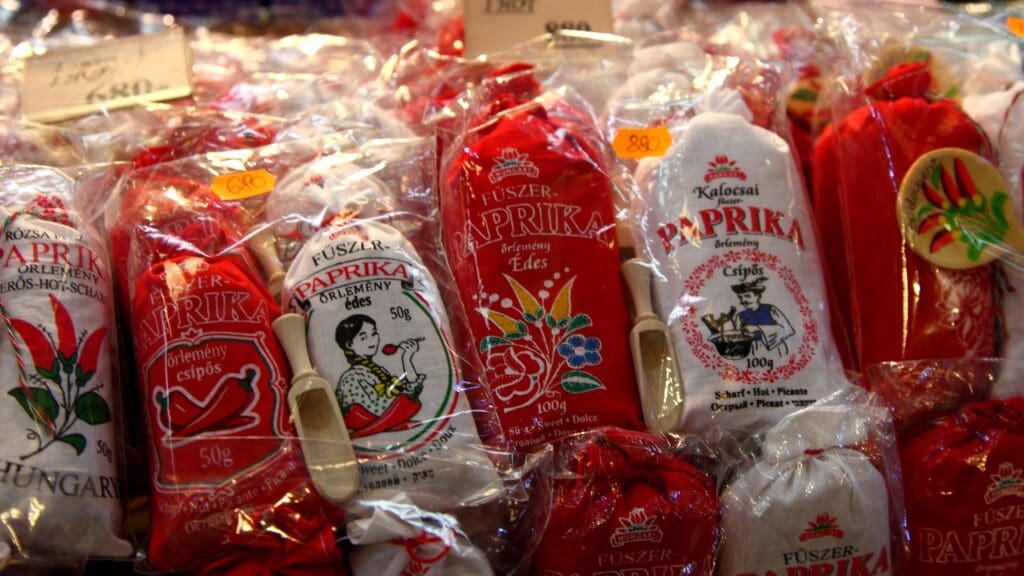
Paprika is more than just a spice – it is part of how Hungary is perceived, it is part of what Hungary is.
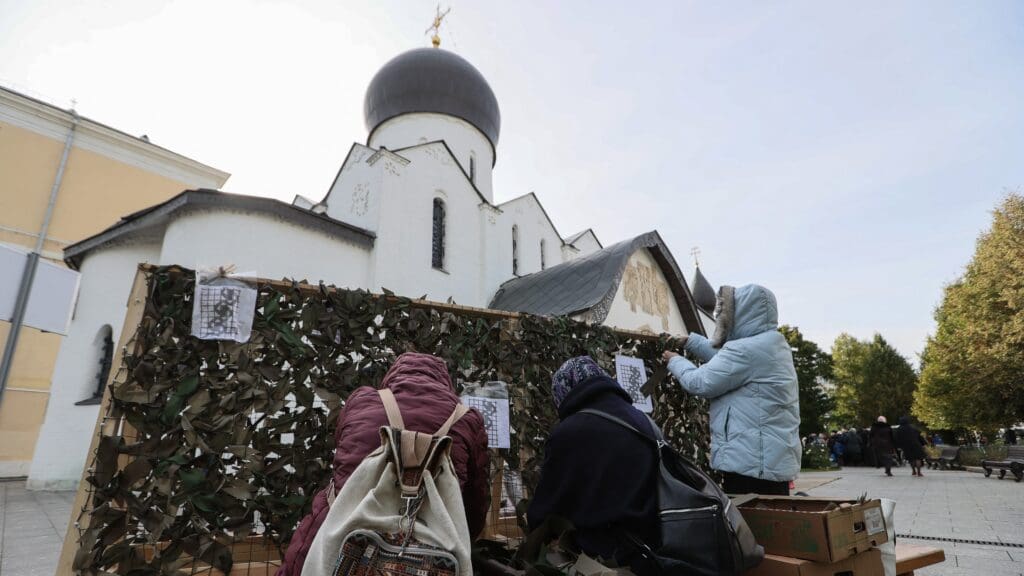
At the discussion Russia expert David Satter expressed scepticism about Russia being trustworthy regarding keeping the terms of a potential ceasefire, while Attila Demkó argued that Ukraine has already secured a great victory against Russia: it has not become a puppet state of Moscow.
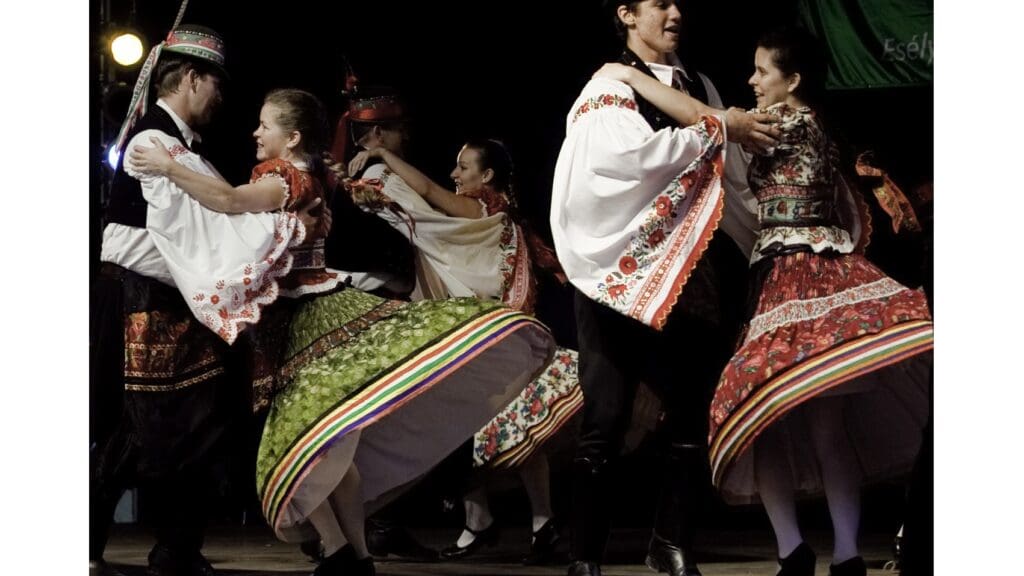
The first documented piece of Hungarian music dates back to the 11th century, thus recorded melodies have been an important part of Hungarians’ lives for a thousand years.
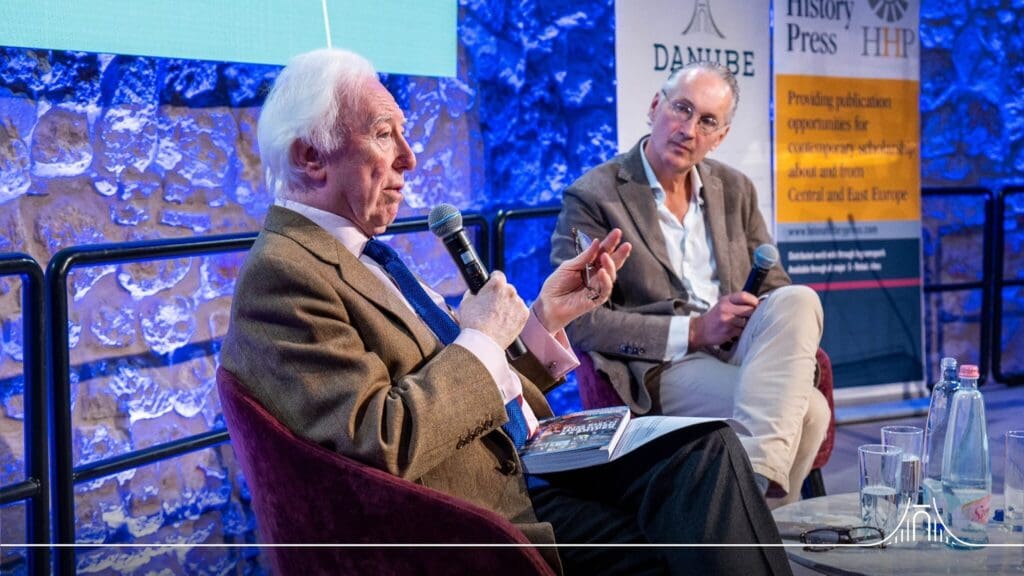
Recently, the Danube Institute co-hosted an event with Helena History Press where Danish author Jaap Scholten talked about his personal experiences while travelling throughout Ukraine in the first six months of the war.